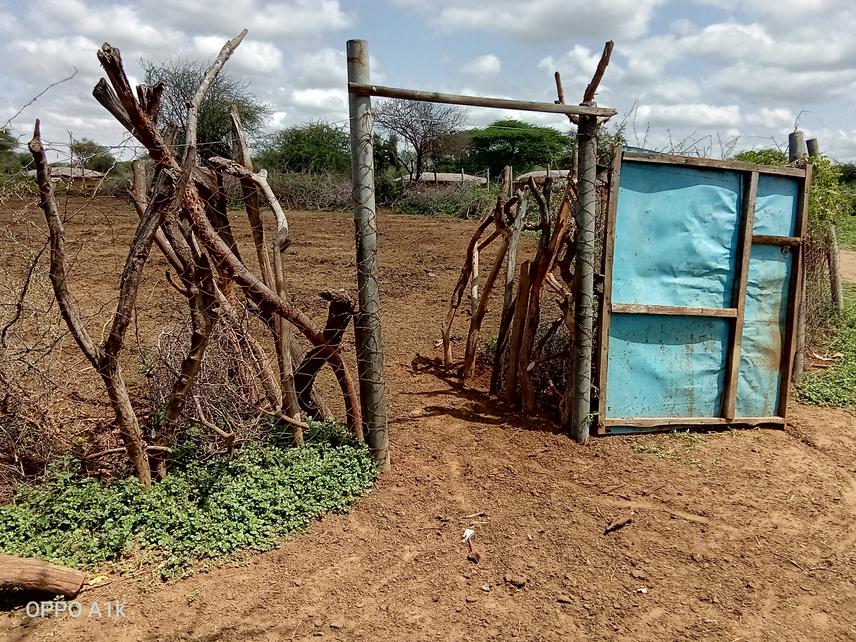Margaret Wangui Muriuki
The projects will be guided by the following aims
(i) To examine the indicative governance capacity of Community Based Environmental Governance (CBEG) in the Amboseli Ecosystem (AE). Data will be collected using household surveys, focus group discussions, document review and key informant interviews. Household survey data will also be used in regression models for goal (ii), (iii).
(ii) To evaluate the influence of CBEG arrangement on lion populations in the AE. Data on lion population will be requested from NGOs running conservation interventions. Changes in lion population between 1994 to 2019 will be used as an indicator of performative governance capacity.
(iii) To assess the influence of CBEG arrangement on connectivity between lion populations in the AE. Connectivity will be measured using two elements. These include Land Use and Land Cover Change (LULC) between lion habitat patches and the local community’s tolerance towards lions as they transit between these patches.

Enclosure strengthened to protect livestock form predators.
The African lion (Panthera leo) population has declined drastically with an approximate range reduction of 75% since 1960 (Riggio, 2012). Lion has been classified as vulnerable in the IUCN Red List criteria. Retaliatory killing for livestock predation is considered the most important cause of lion population decline in human dominated landscape (Frank et al., 2006). Other factors contributing to lion killing include attitudes towards lions, traditional customs (Hazzah et al., 2017) and lack of control over conservation decision making (Dickman, 2010). Climate change and habitat fragmentation also affect lion conservation negatively (Tuqa et al., 2014). Between 1991 and 1993 lions were eradicated in the Amboseli National park in reaction to lack of action after livestock killing in community lands (Chardonnet, 2002). The park was recolonized by lions from surrounding protected areas via the community group ranches (Chardonnet, 2002). Conservation interventions implemented from 2003 have been associated with success in reducing livestock killing (Hazzah et al., 2014). The complexity of factors influencing lion killing and the relations involved in their conservation however render the stability of interventions volatile.
This study evaluates governance factors that affect the lion populations, habitat integrity between lion population patches and community tolerance towards lions as they transit the system. Adopting a mixed methodology, semi-structured surveys, focus group discussions and key informant interviews will be used to collect data in five areas selected along migratory corridors in the Amboseli-Tsavo ecosystem. More data will be acquired from documents review, satellite images of land cover and land use change and lion population data bases.
Shedding more light on governance factors influencing lion conservation in the Amboseli will contribute towards the improvement of interventions and existing policy. The study will seek to identify existing gaps on the interventions in place. For example, interventions in place are mostly focused towards mitigating Human Lion Conflict through compensation and participatory traditional techniques that are enhanced with scientific methods. The research will explore other approaches that can increase benefits from lions like tourism packages that specifically target the lion and other carnivores in community land. Additionally, the study will recommend ways of ensuring full participation of communities in decision making. Further, factors that can enhance integrated and concerted efforts of all players in lion conservation will be evaluated and communicated appropriately.
Header: Cattle on route Kimana Market.